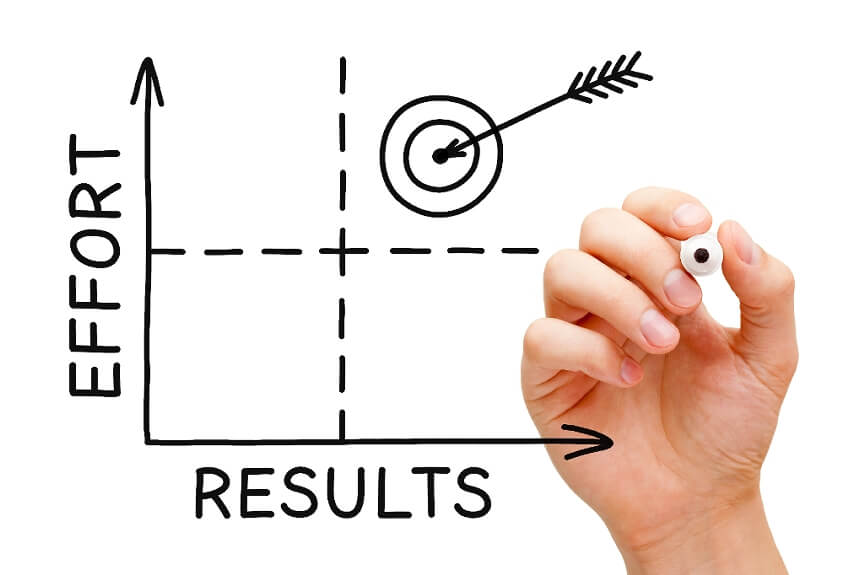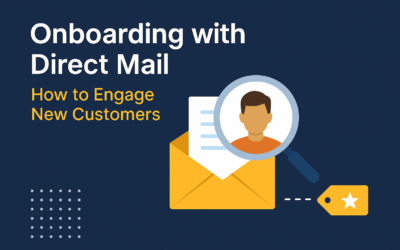Response Rate, Cost Per Lead, Cost Per Sale
When you are evaluating the success of your print and multichannel marketing campaigns, how do you know which channels are most effective? How do you know which channels (or combination of channels) are delivering the most bang for the buck? What was the cost per sale?
To answer this question, marketers often look at response rate, cost per lead, and cost per sale. What’s the difference between them? Can they be measured in the same way?
Measuring Your Results
Response rate is how many people responded to your campaign. If you mailed 5,000 postcards and 500 people responded, your response rate is 10%. Those 500 people then become leads.
Cost per lead is how much it costs you to get that lead. Let’s say that direct mail campaign cost you $5,000. With 500 responses, each response (or lead) cost you $10 ($5,000 / 500).
Also, not every one of these leads will turn into a sale. Let’s say you were able to convert 30% or 167 of those leads. When you divide $5,000 by 167, you will find that your cost per sale is $30.
Which one of these numbers is most important? All of them! Why? Because if your average sale is $35, you have barely broken even on this campaign. To improve your results, you could probably lower the costs next time. In addition, you could try one of these three things:
- Increase the response rate to bring more sales into the funnel, lowering your cost per lead
- Increase the conversion rate, lowering your cost per sale
- Tweak the offer or incentive to increase the average revenues per sale to lower your breakeven point.
In other words, there are lots of ways to evaluate the success of a marketing campaign and improve your results. Does this seem like a lot of work? Let PrintComm/Marketing Impact analyze your results and brainstorm ideas to get the most out of your marketing dollars!



